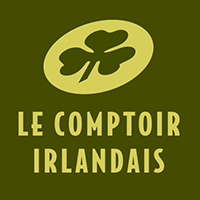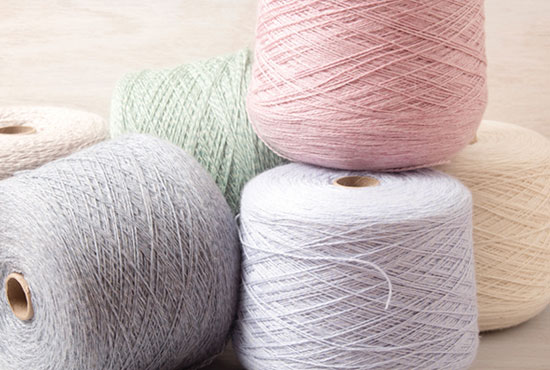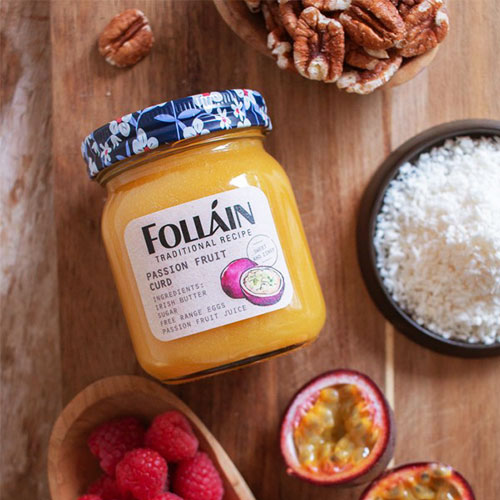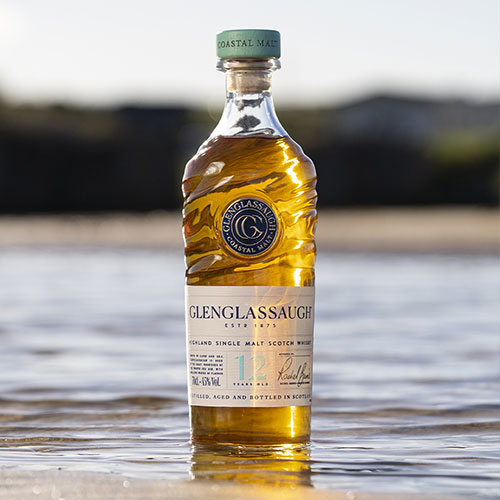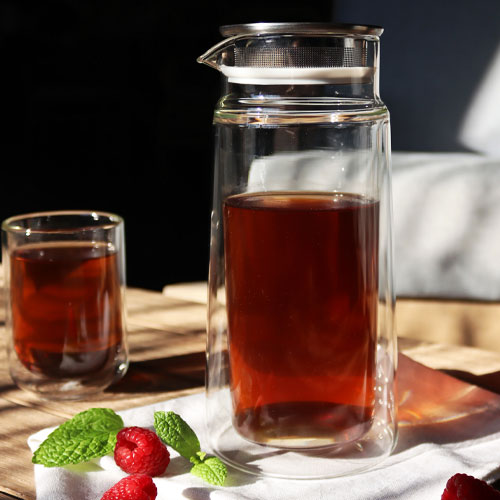COTTON

COTTON ORIGINS
Cotton is a plant fibre derived from the cotton plant, a shrub of the Malvaceae family, which is found in regions with tropical climates (hot temperatures and humidity). The main cotton-producing countries are India and China, followed closely by the United States.
Cotton production, which began thousands of years ago, particularly in Egypt, experienced its strongest growth in the 19th century thanks to the industrial revolution, making cotton the most produced and consumed natural fibre in the world.
MANUFACTURING
The cotton flower is divided into 5 bolls which contain its seeds well protected by the cotton fibres. When harvesting the bolls, 3 main qualities are sought after:
- The length: the longer the fibres, the finer and higher quality they are, making them easy to process into yarn.
- The colour: it varies from white to yellowish, the whiter the fibres, the easier it is to bleach and dye them.
- Cleanliness: a fibre without impurities will require less cleaning and will be easier to process.
Once the cotton bolls have been harvested and the fibres separated from their seeds, the cotton can be transformed into yarn through spinning, which takes place in 5 stages:
1. Cleaning: the cotton bales are passed through a mixer-cleaner which removes all foreign bodies and impurities.
2. Carding: the cotton fibres are separated and combed into ribbons.
3. Drawing: the thickness of the cotton fibre slivers is harmonised.
4. Treatment: the fibres can be bleached or dyed.
5. The assembly: several ribbons are worked together, twisted and stretched to be solidified and give the final thread.
Once the threads have been designed from the cotton, they can be interwoven together on a loom to form the final piece of fabric.

TYPES OF COTTON
Recycled cotton
In an environmental approach, recycled cotton is a good alternative to cotton. Recycled cotton is obtained by recovering production off-cuts or by recovering old clothes and grinding them into fibres to be used in the production of new textile fabrics. The fibre from recycled cotton gives the clothes a raw aspect and a soft feel.
The use of recycled cotton in textiles has two main advantages:
- Economic: by limiting the impact of cotton growing and dyeing, based on an appropriate selection of raw materials obtained from textile waste.
- Environmentally friendly: recycling industrial cotton waste gives the product a second life, reducing the effects and costs of disposal and/or incineration of these products.
Ecotec® quality from Marchi & Fildi (Italian spinning mill)
Ecotec® is an exclusive Marchi & Fildi process that recovers fabric scraps (production waste from weaving and knitting companies) in a transparent, traceable and certified way to make new, beautiful and colourful yarns.
This process saves money in terms of environmental impact:
- Up to 56.3% reduction in CO² emissions
- Up to 56.6% energy savings
- Up to 77.9% less water consumption throughout the process
Organic cotton
Organic cotton is grown with natural compost that replaces chemical fertilisers and pesticides. It is GMO-free and the water consumption for its cultivation is reduced by half compared to conventional cotton. Its fibre is bleached with hydrogen peroxide instead of chlorine and the dyes are made without heavy metals or other carcinogenic substances. Crop rotation in organic farming oxygenates the soil and preserves its richness.
In short, the production of organic cotton is beneficial both for its environment and for the workers directly in contact with the crops, without losing quality and comfort because organic cotton fibres are softer and more supple.
Combed cotton
Combed cotton is a softer version of ordinary cotton, made by treating the cotton fibres before they are spun. Combed cotton is more labour intensive and produces a better quality, stronger fabric.
The additional mechanical operation of combing in the manufacturing process is designed to lengthen the cotton fibres and thus make the fabric softer and purer. The resulting fabric is particularly soft and pleasant to wear.

ADVANTAGES & DISADVANTAGES OF COTTON
Cotton is the most widely used natural fibre in the world, both by producers and consumers, as it has many advantages.
In addition to being inexpensive and easy to produce, cotton fabrics are soft and comfortable to wear. They are easy to care for, absorbent and hypoallergenic.
On the other hand, cotton is a relatively fragile fibre which makes it a fabric that can deteriorate easily, sensitive to environmental humidity, with a tendency to shrink and lose its lustre with each wash.
TOWARDS MORE RESPONSIBLE COTTON
Today, the fashion world is increasingly questioning both environmental and human production conditions. With this in mind, new approaches are emerging in search of a more ethical and responsible fashion.
Ecotec® quality from Marchi & Fildi (Italian spinning mill)
Ecotec® is an exclusive Marchi & Fildi process that recovers fabric scraps (production waste from weaving and knitting companies) in a transparently traceable and certified way to make new beautiful and colorful yarns.
This process saves money in terms of environmental impact:
- Up to 56.3% reduction in CO² emissions
- Up to 56.6% energy savings
- Up to 77.9% less water consumption throughout the process
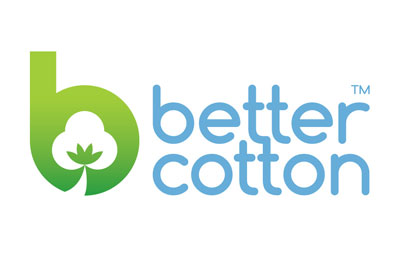
The Better Cotton Initiative (BCI)
Today, the fashion industry represents ¼ of the world's cotton production, the cultivation of which mobilizes large volumes of water and uses pesticides.
The Better Cotton Initiative (BCI) association was created in 2005 with the mission to help cotton communities to prosper in better working conditions while protecting the environment. Thanks to BCI and its partners, agricultural workers work on smaller farms and are trained in better soil and water management, as well as less use of pesticides.
Brands like Tom Joule or Barbour for its oiled cotton jackets are part of the Better Cotton Initiative.
CARE OF COTTON
One of the qualities of cotton is that it is easy to care for.
It can be machine washed at 40° for large pieces and at 30° for more delicate pieces, it also bears high temperatures very well and can be washed at 60°. It can be tumble dried and ironed.
